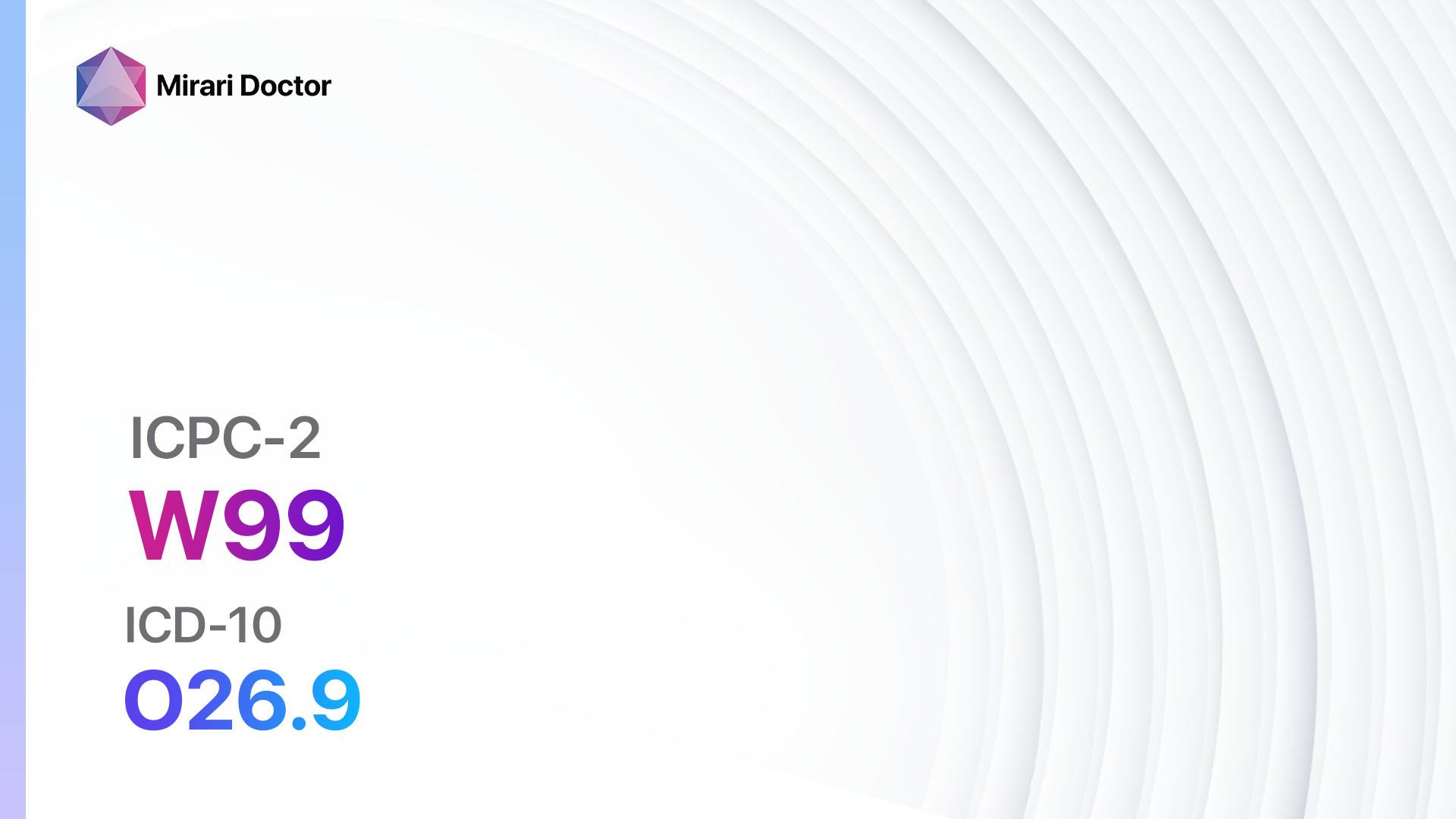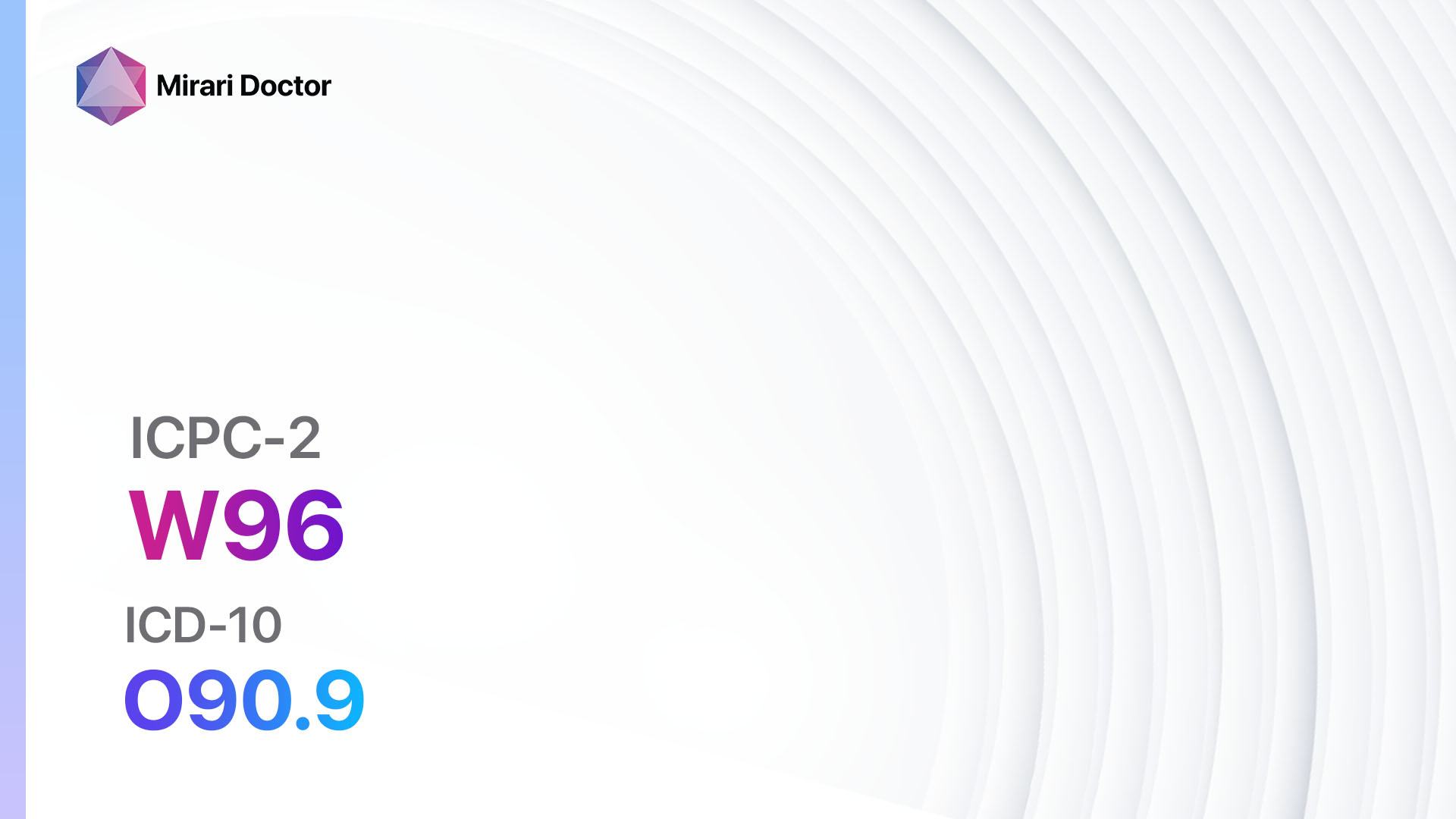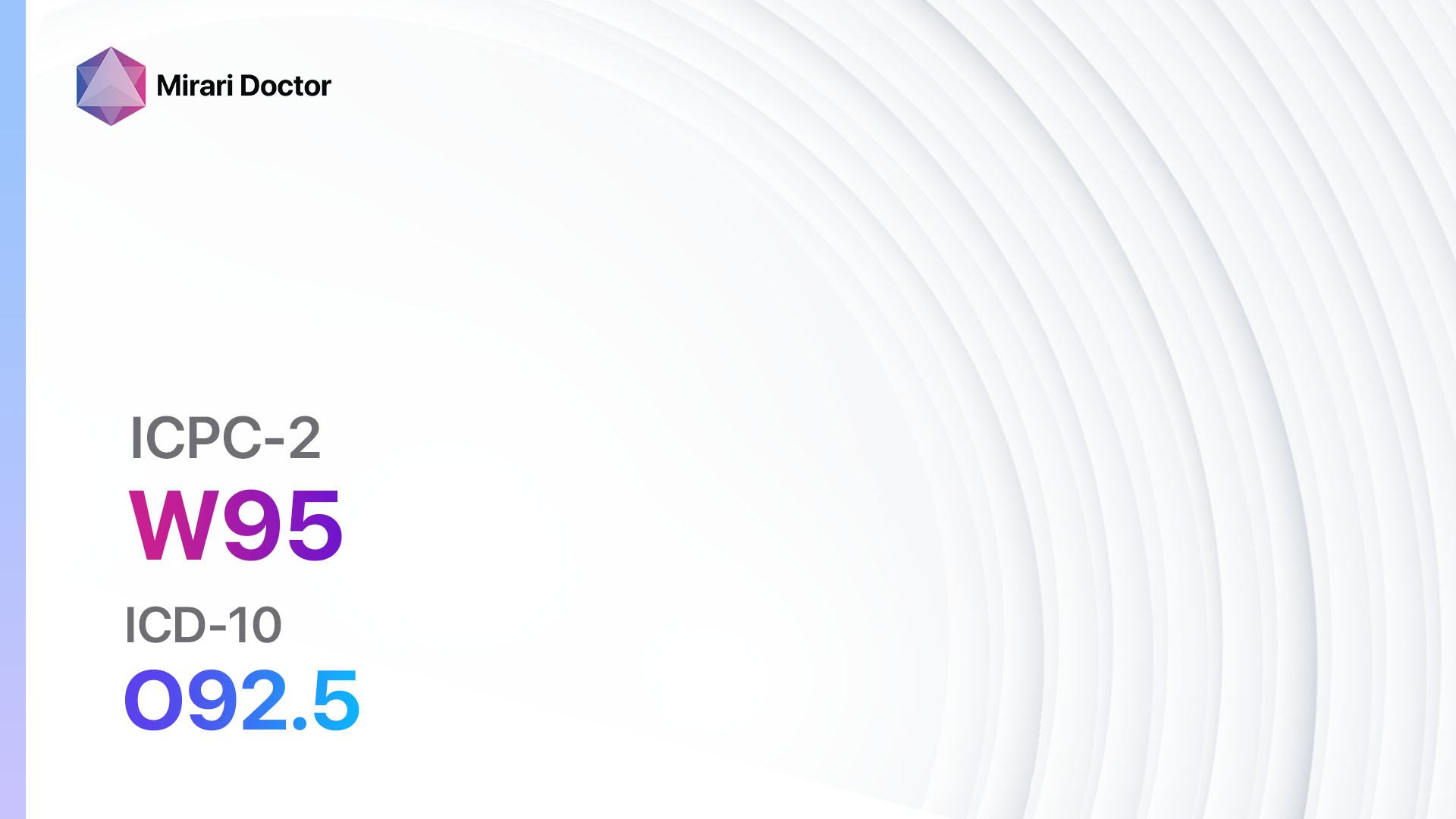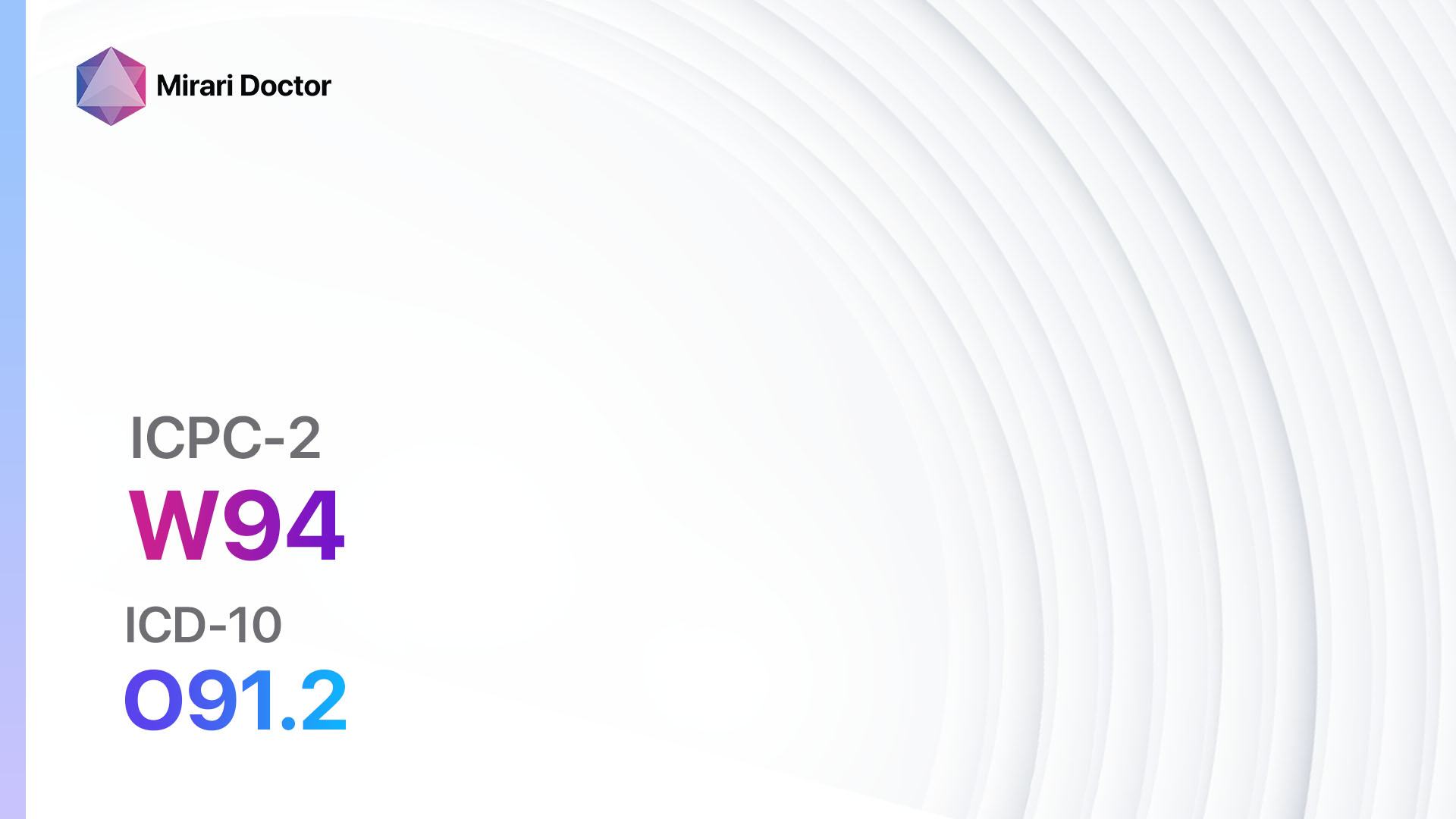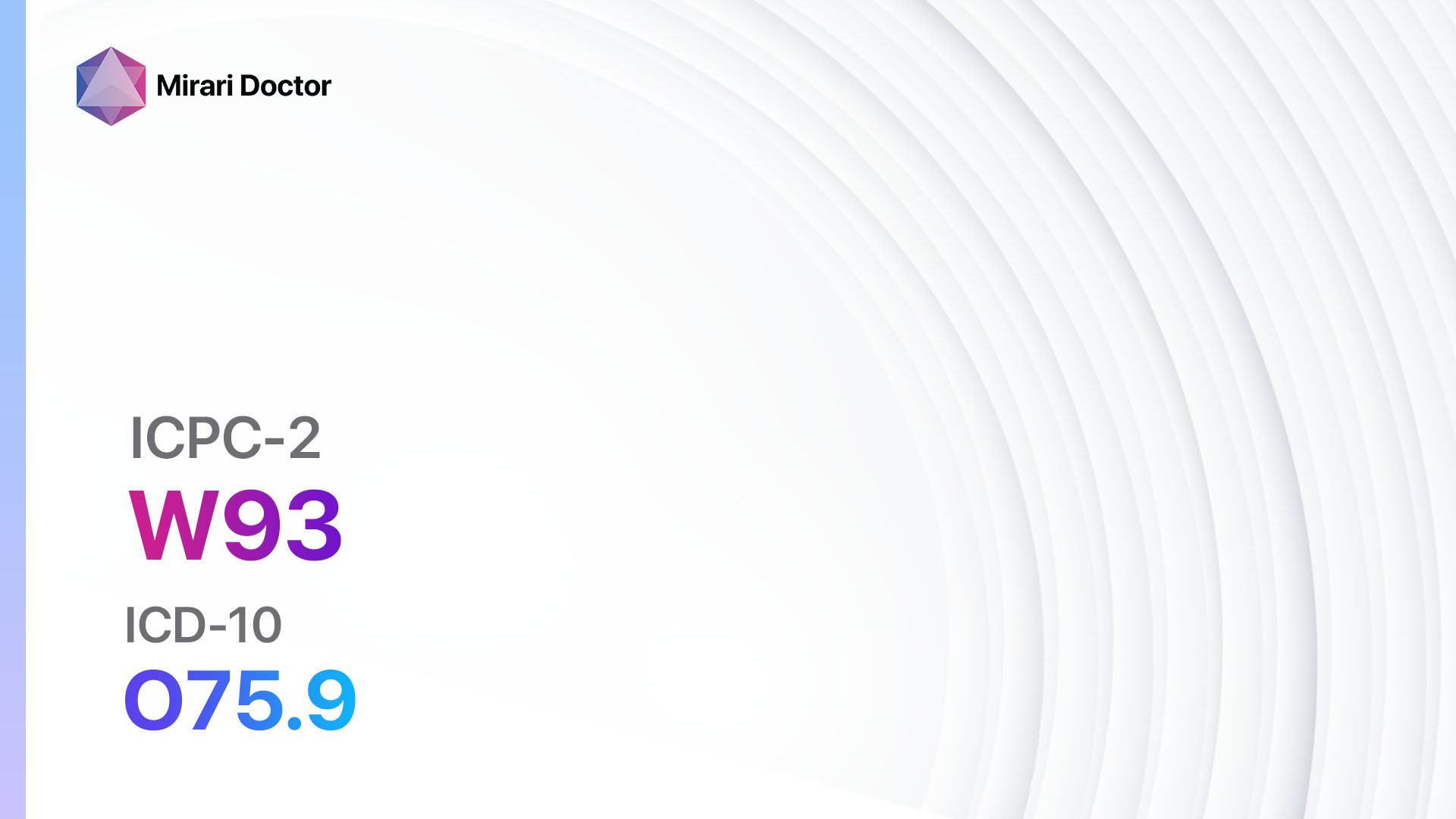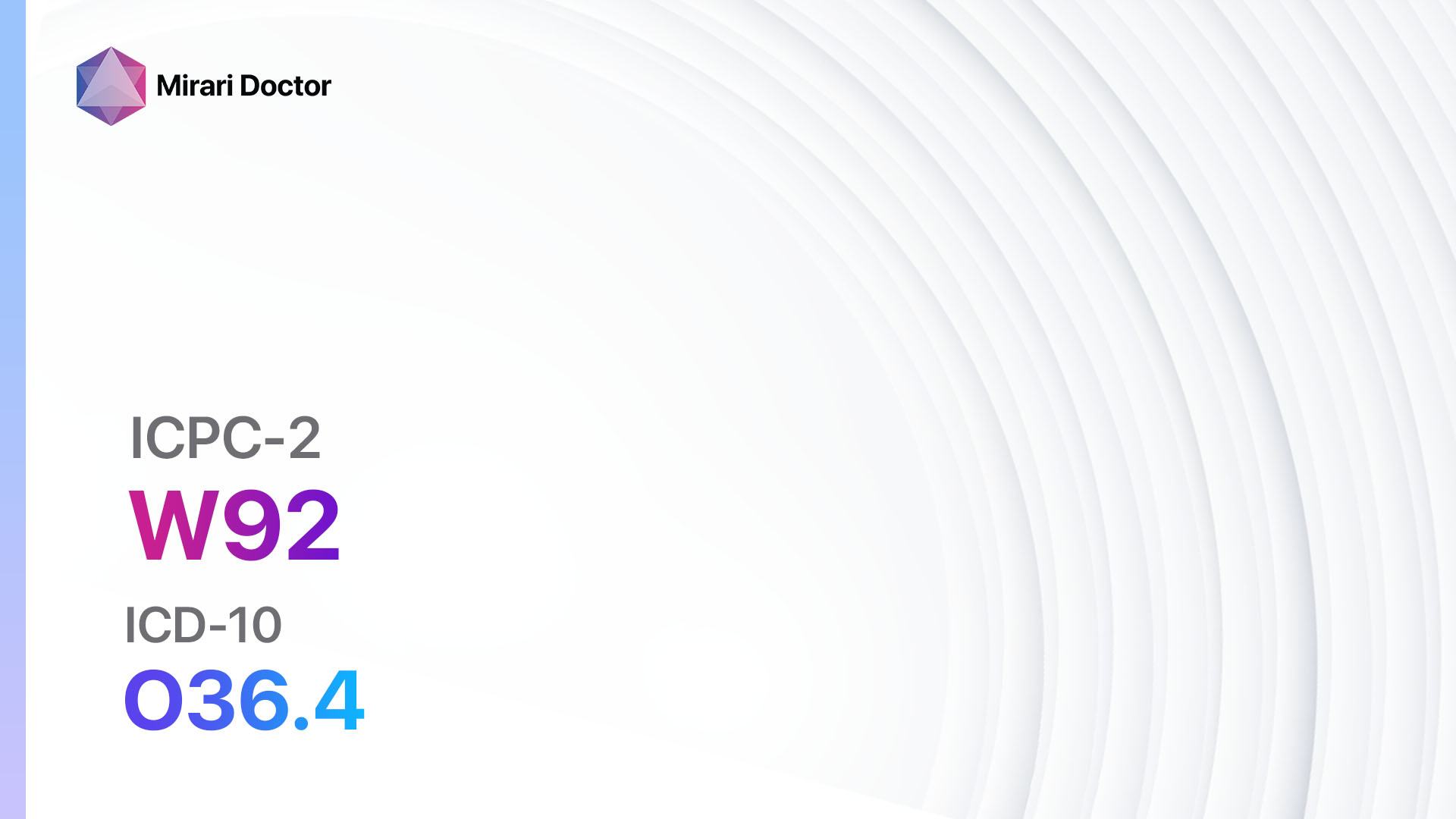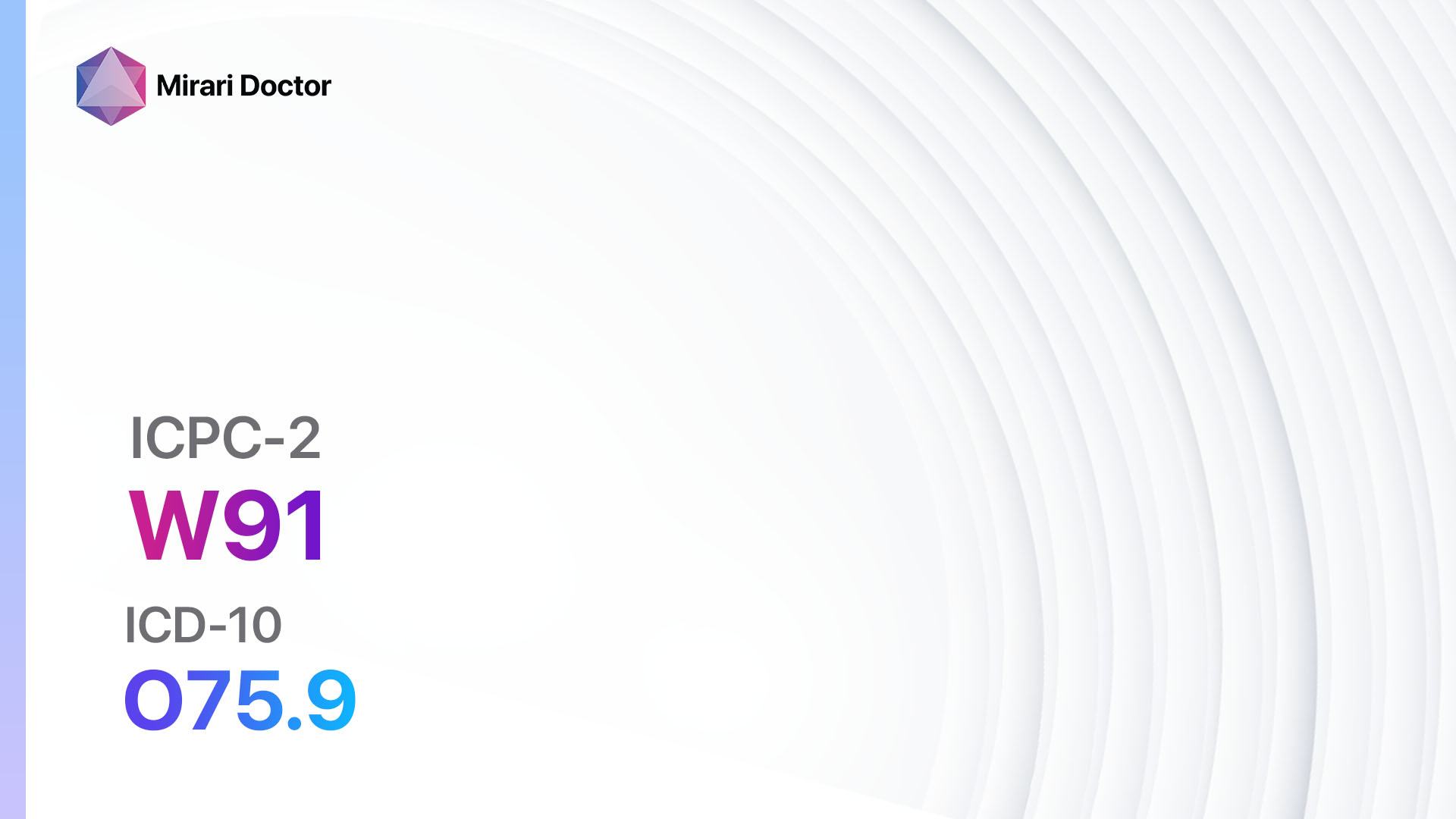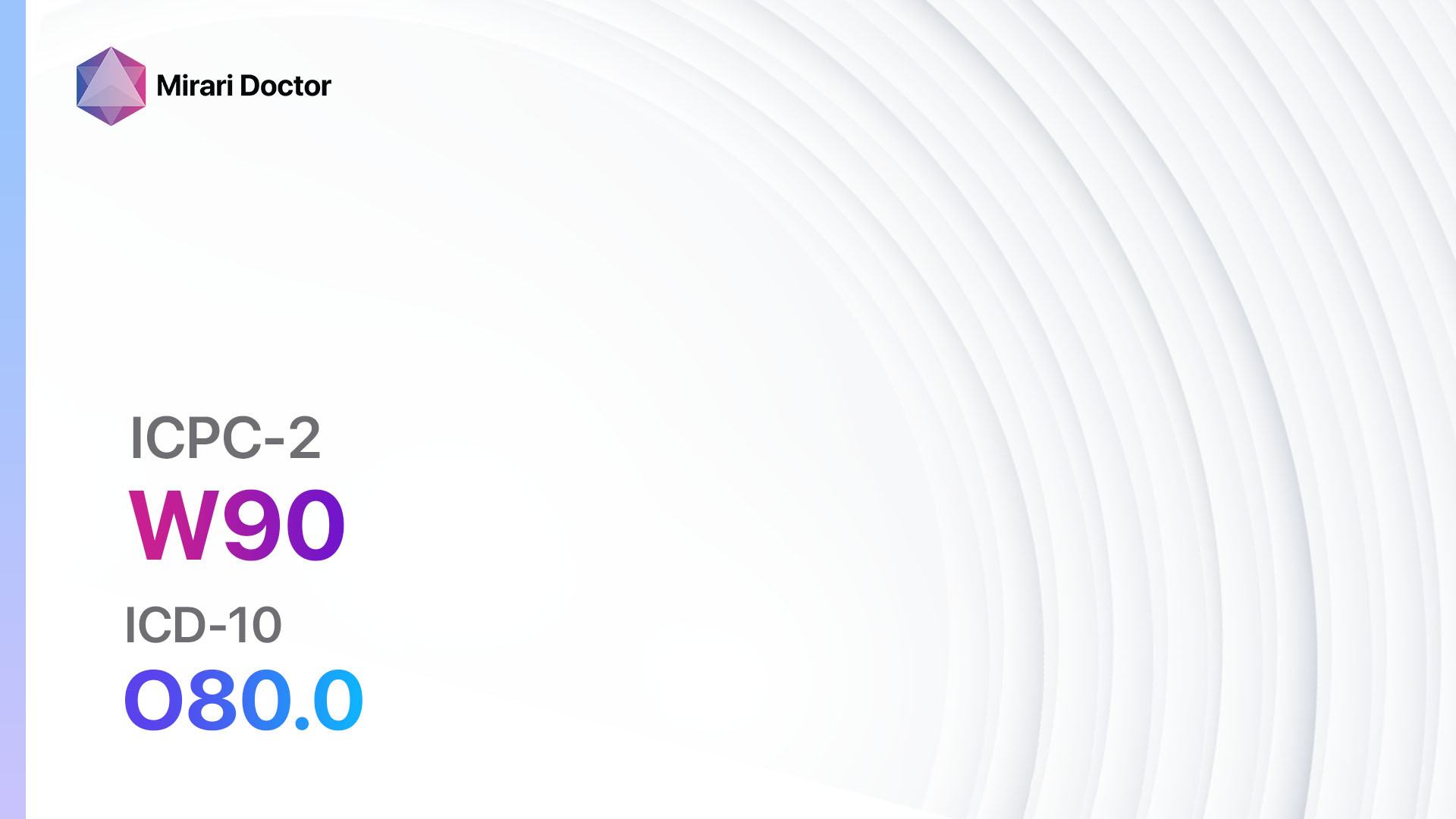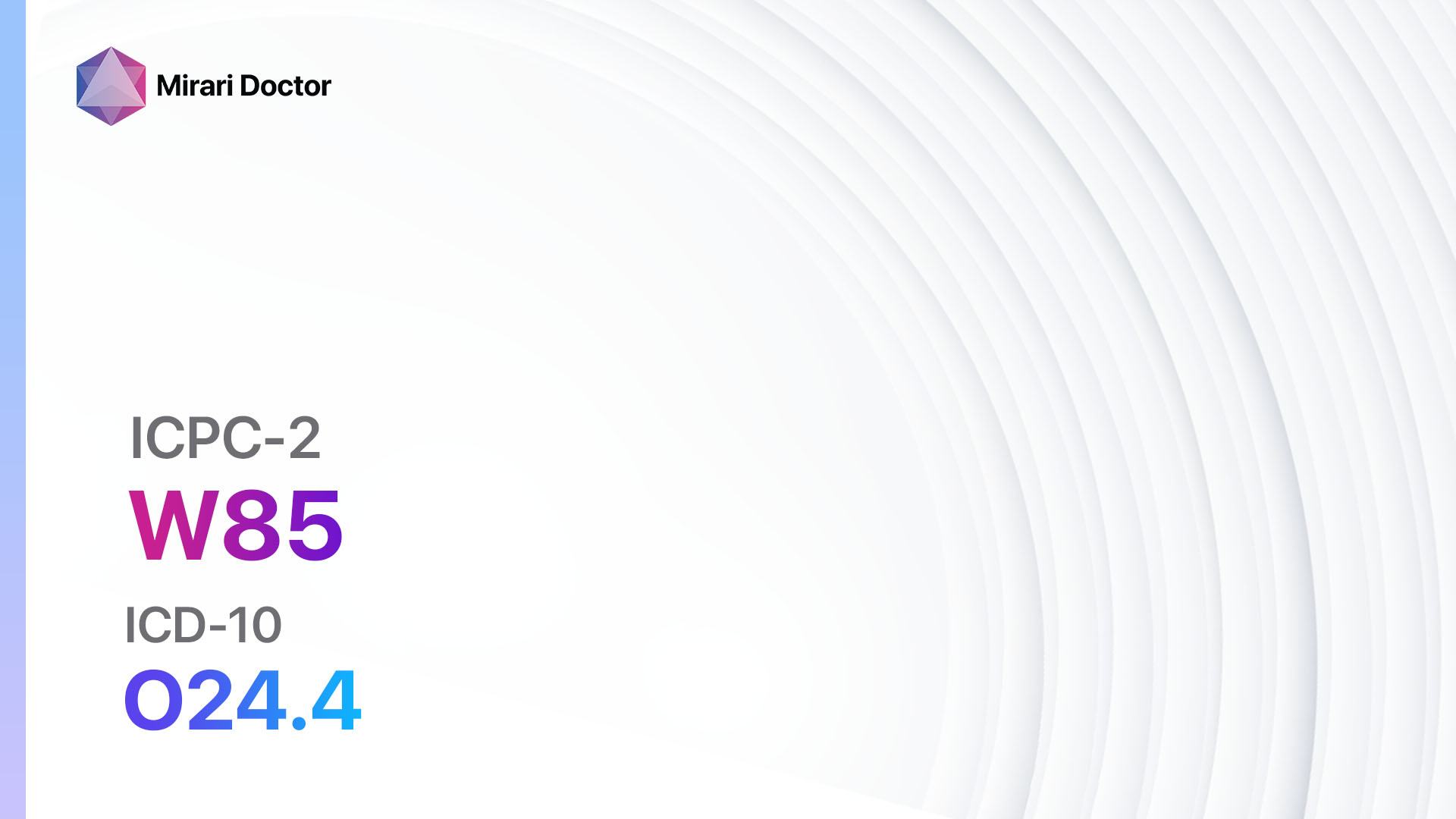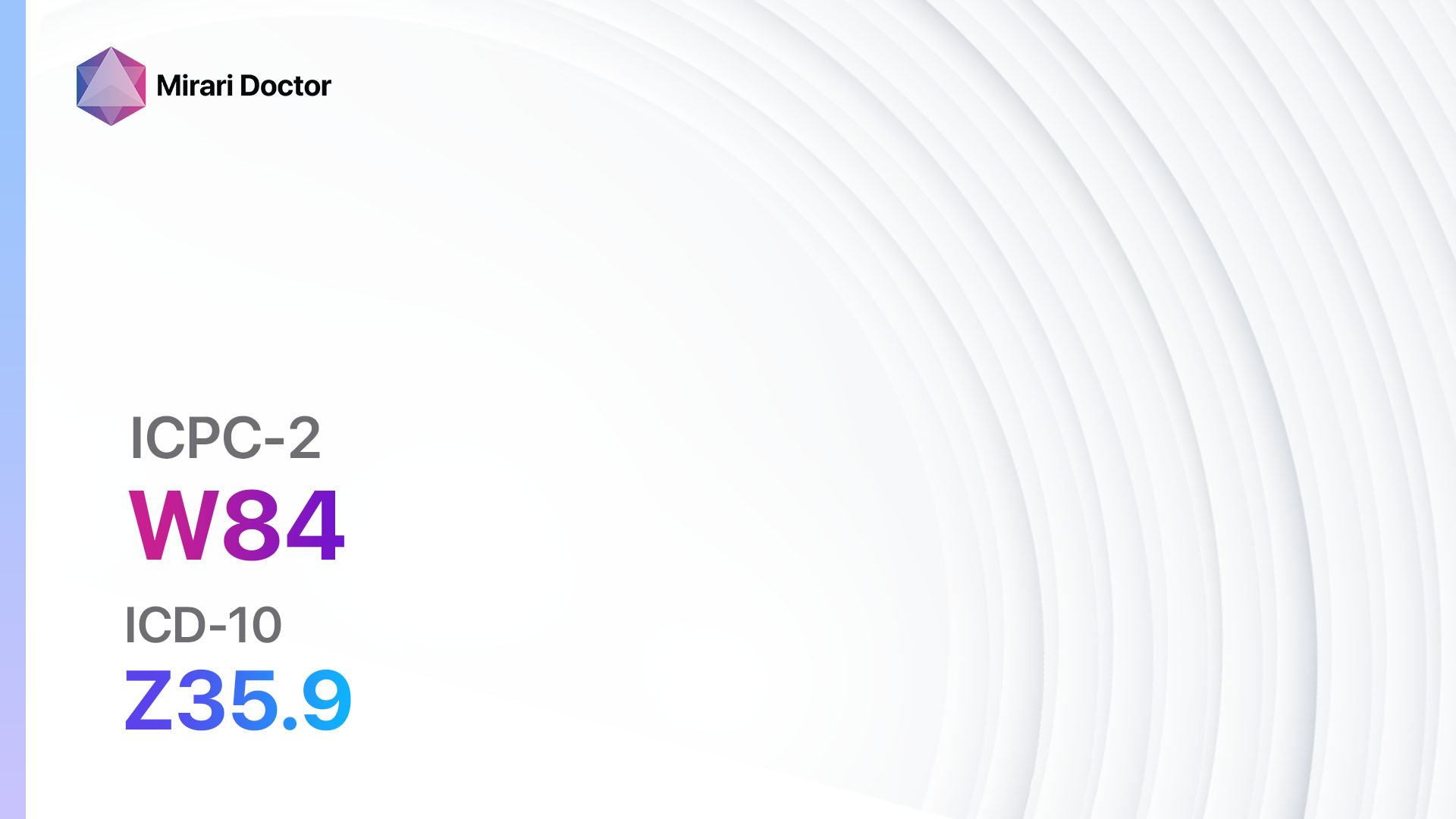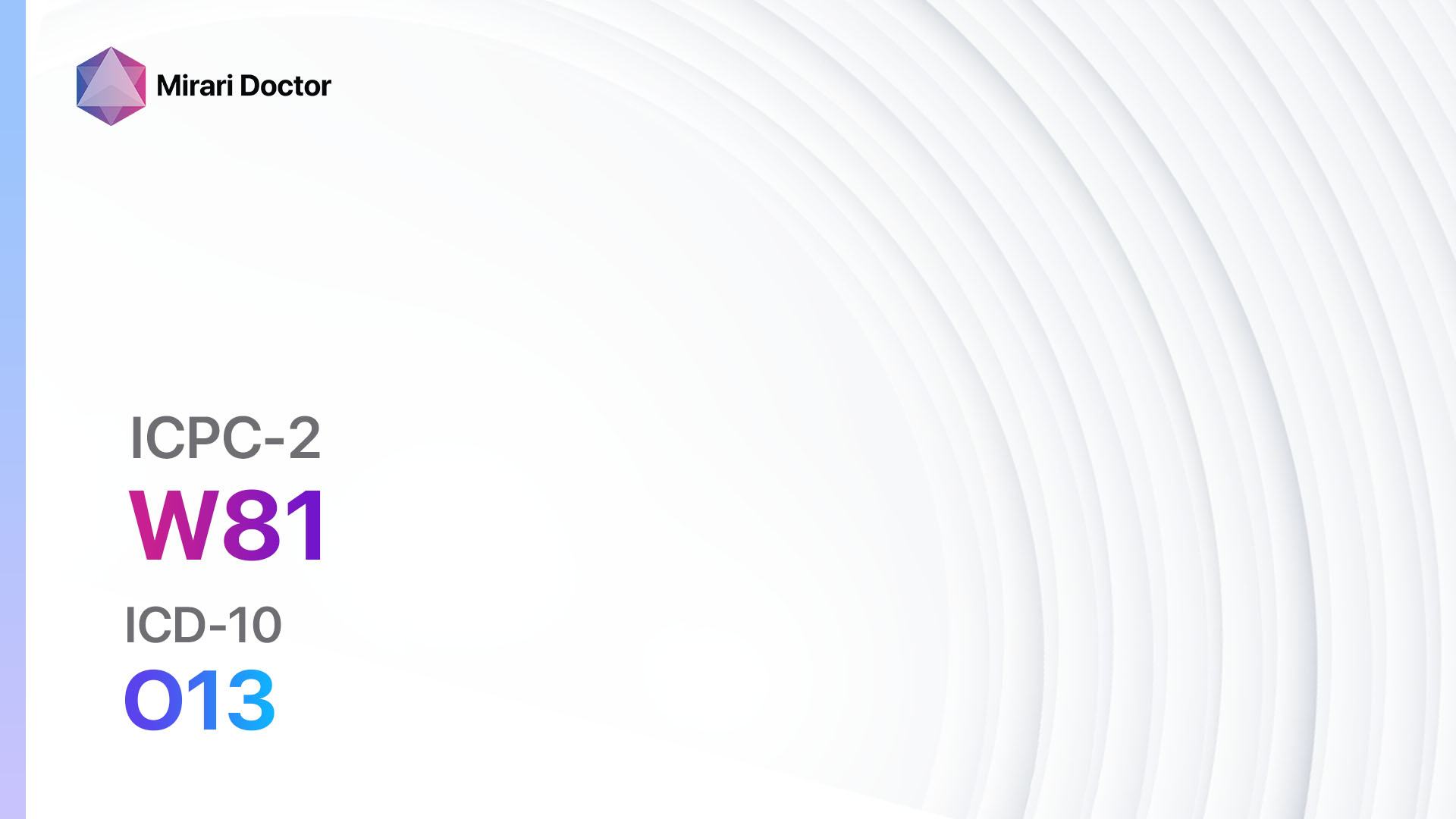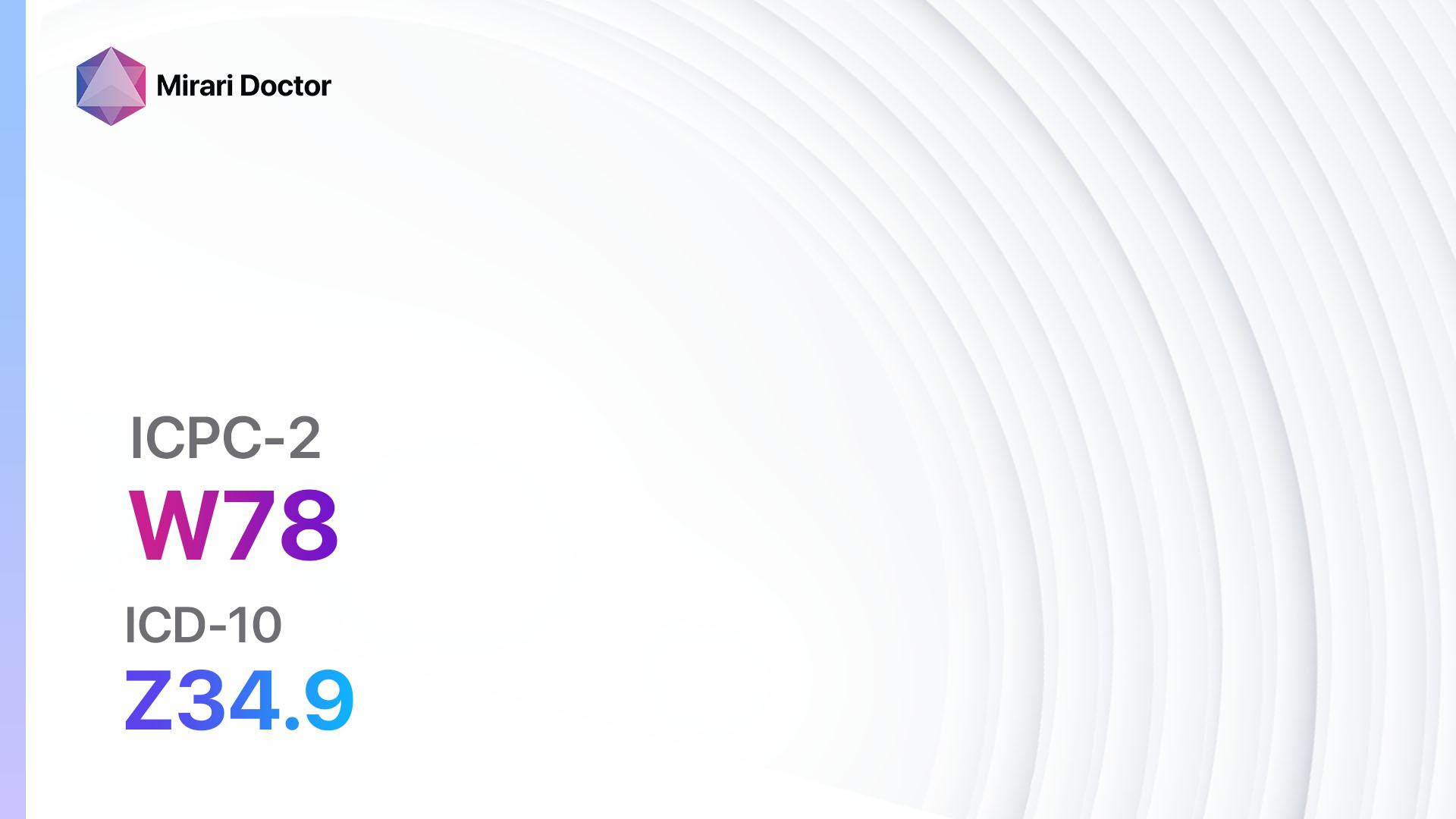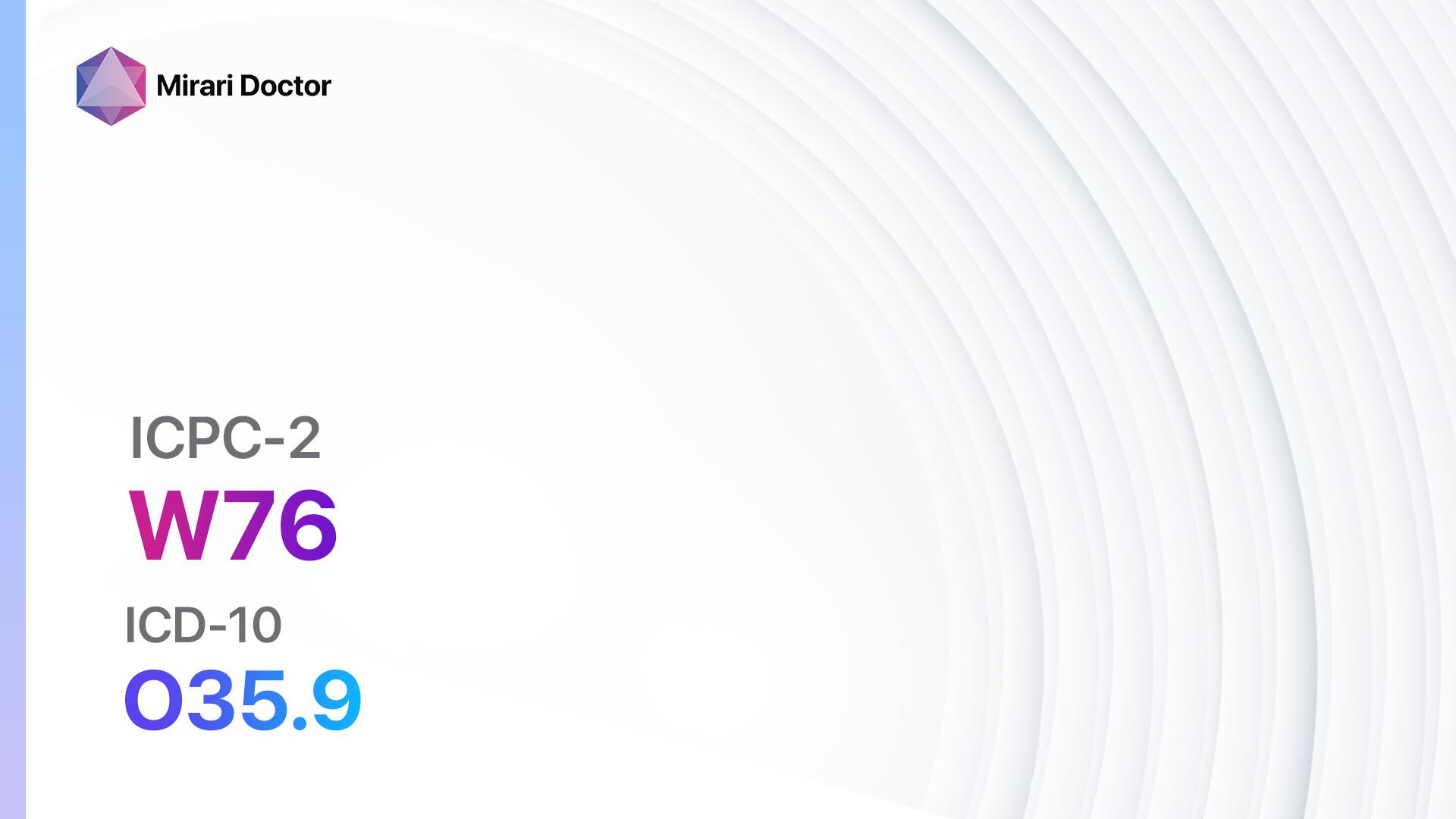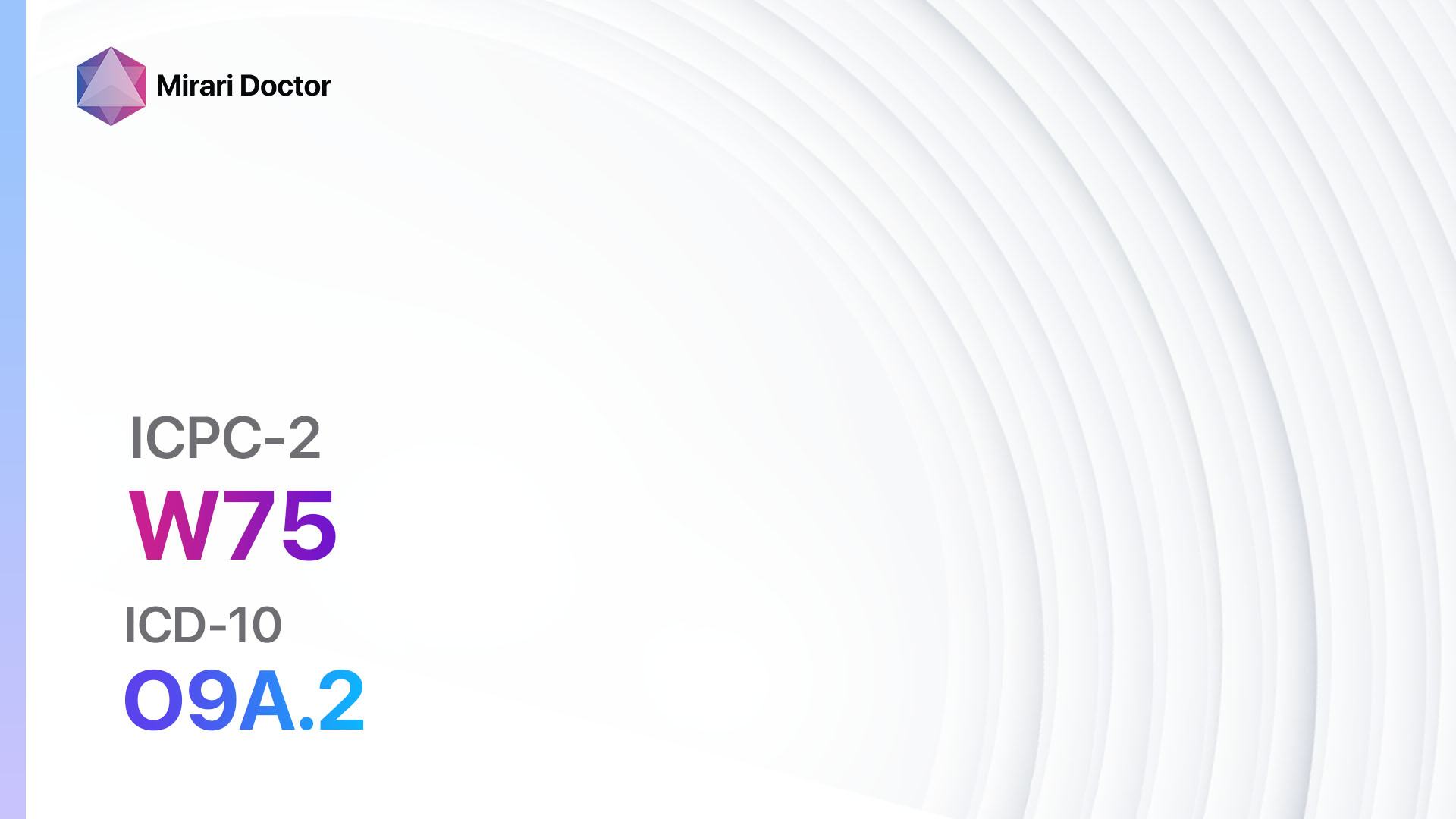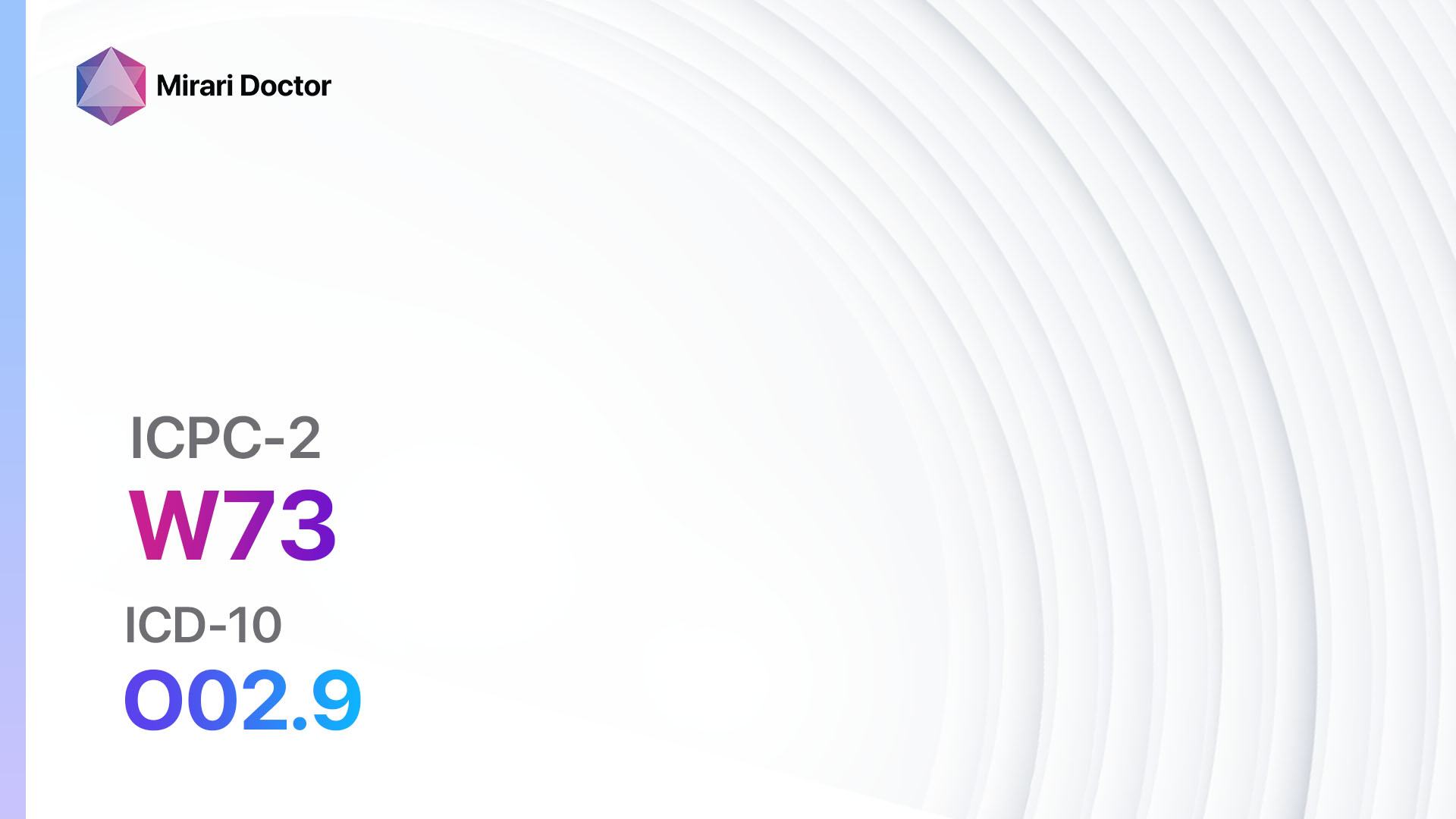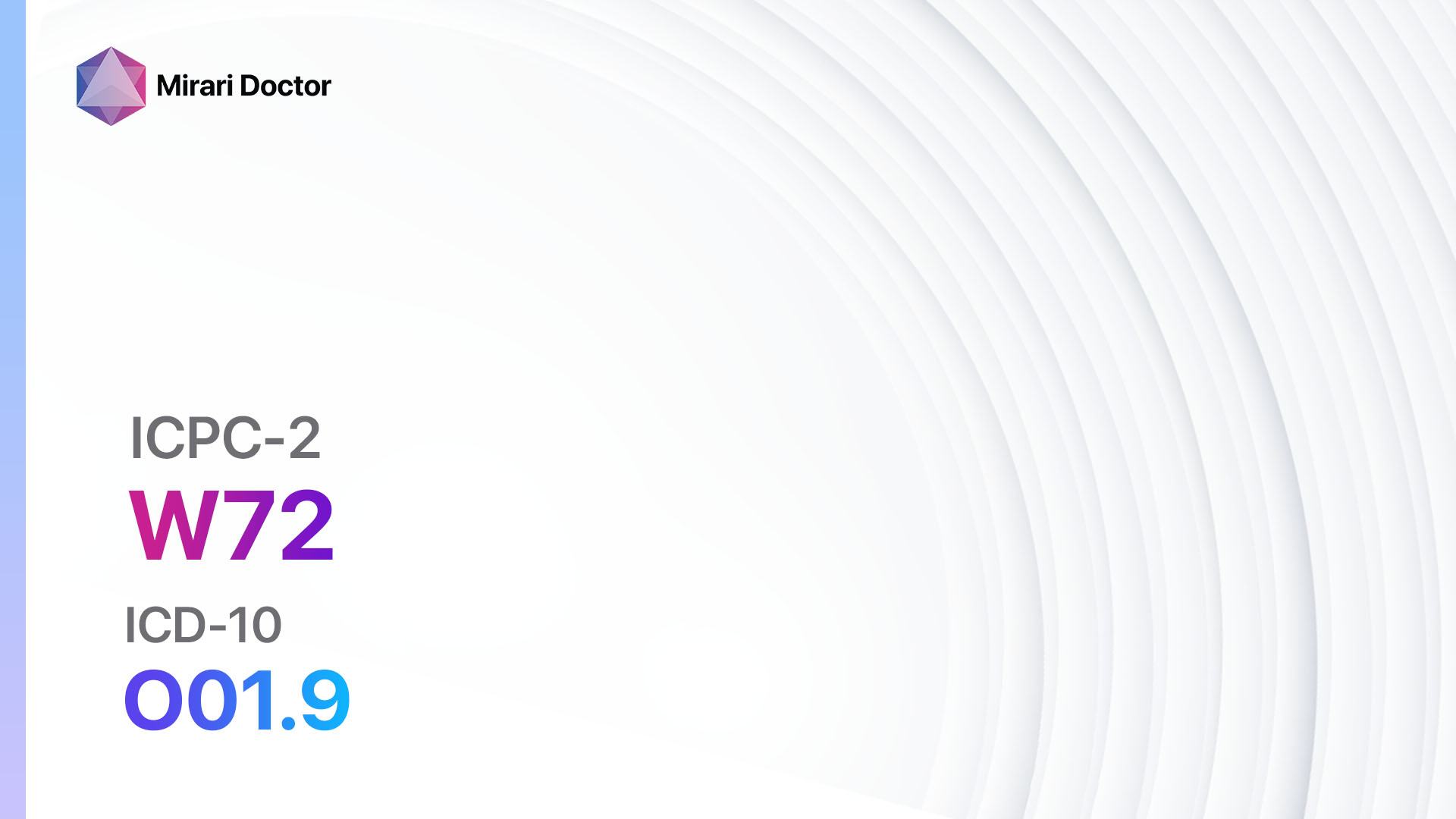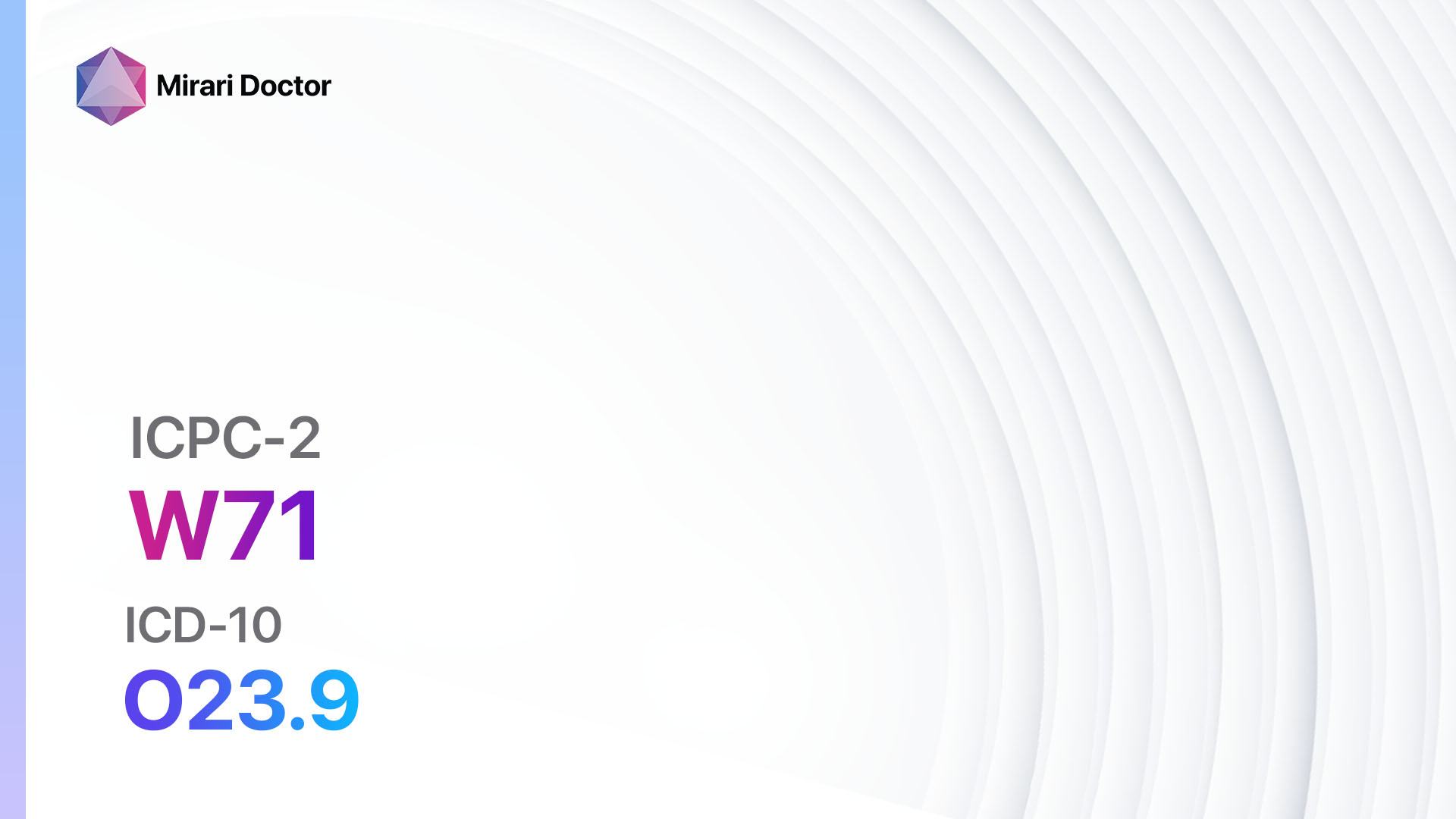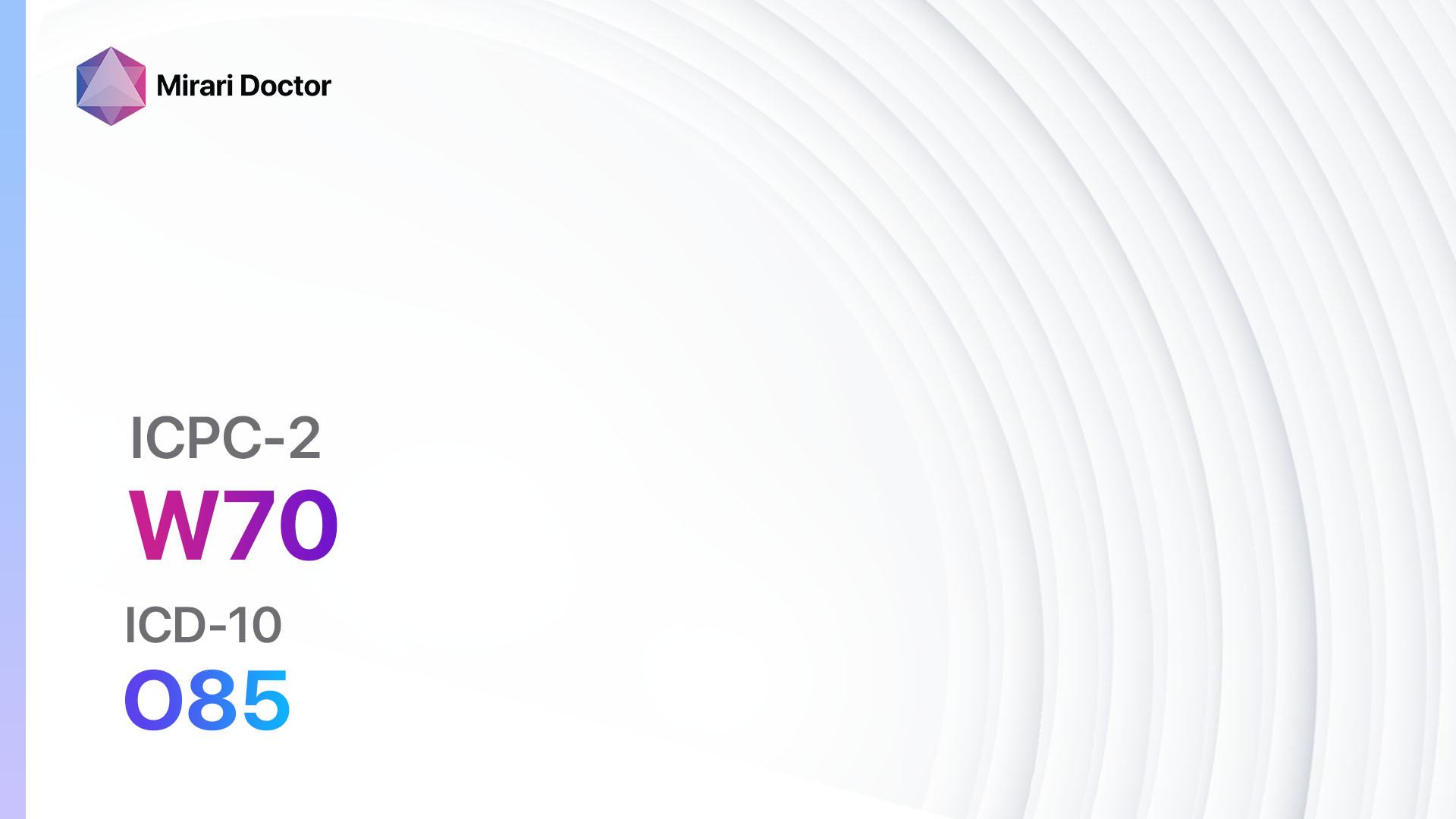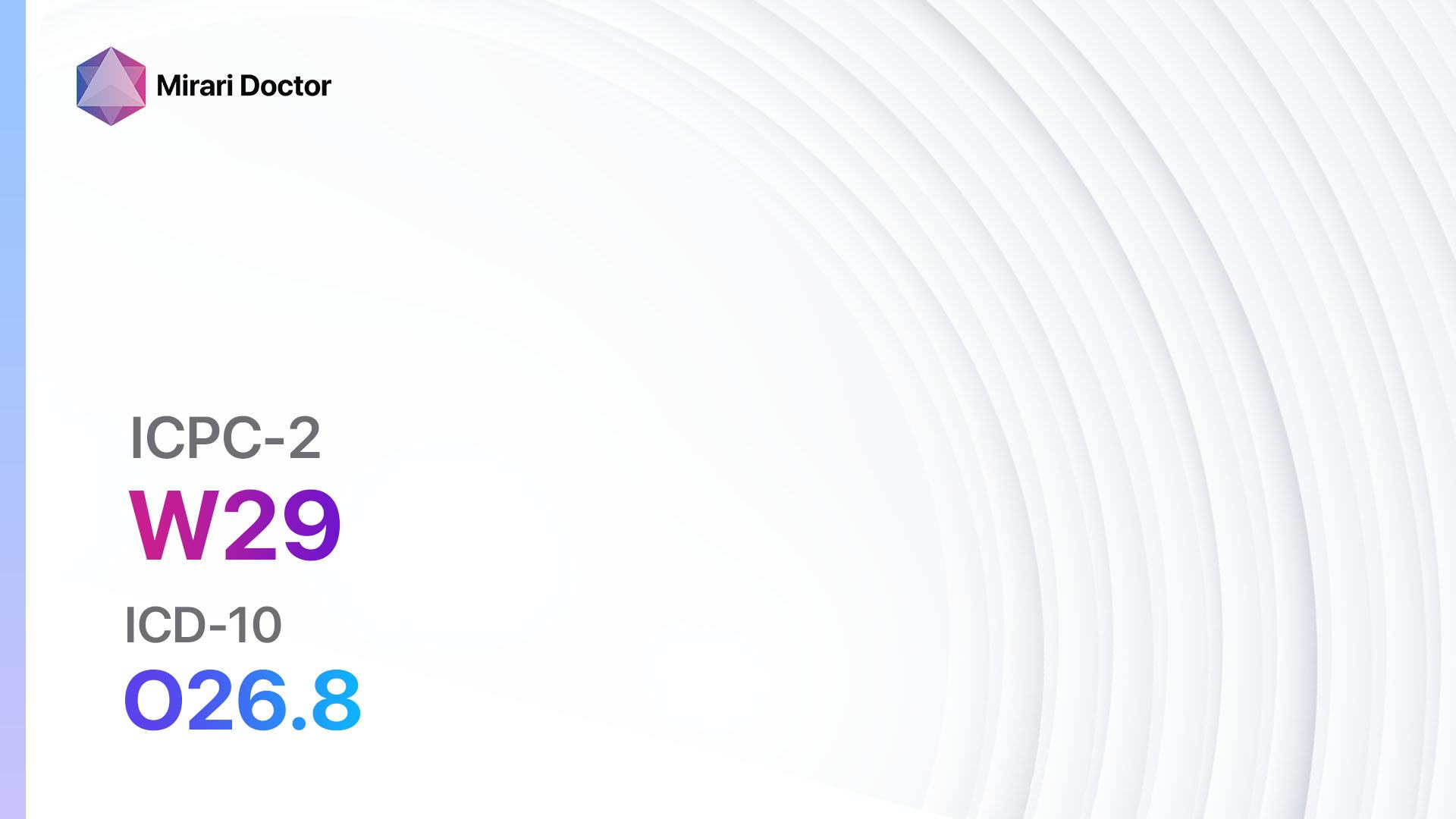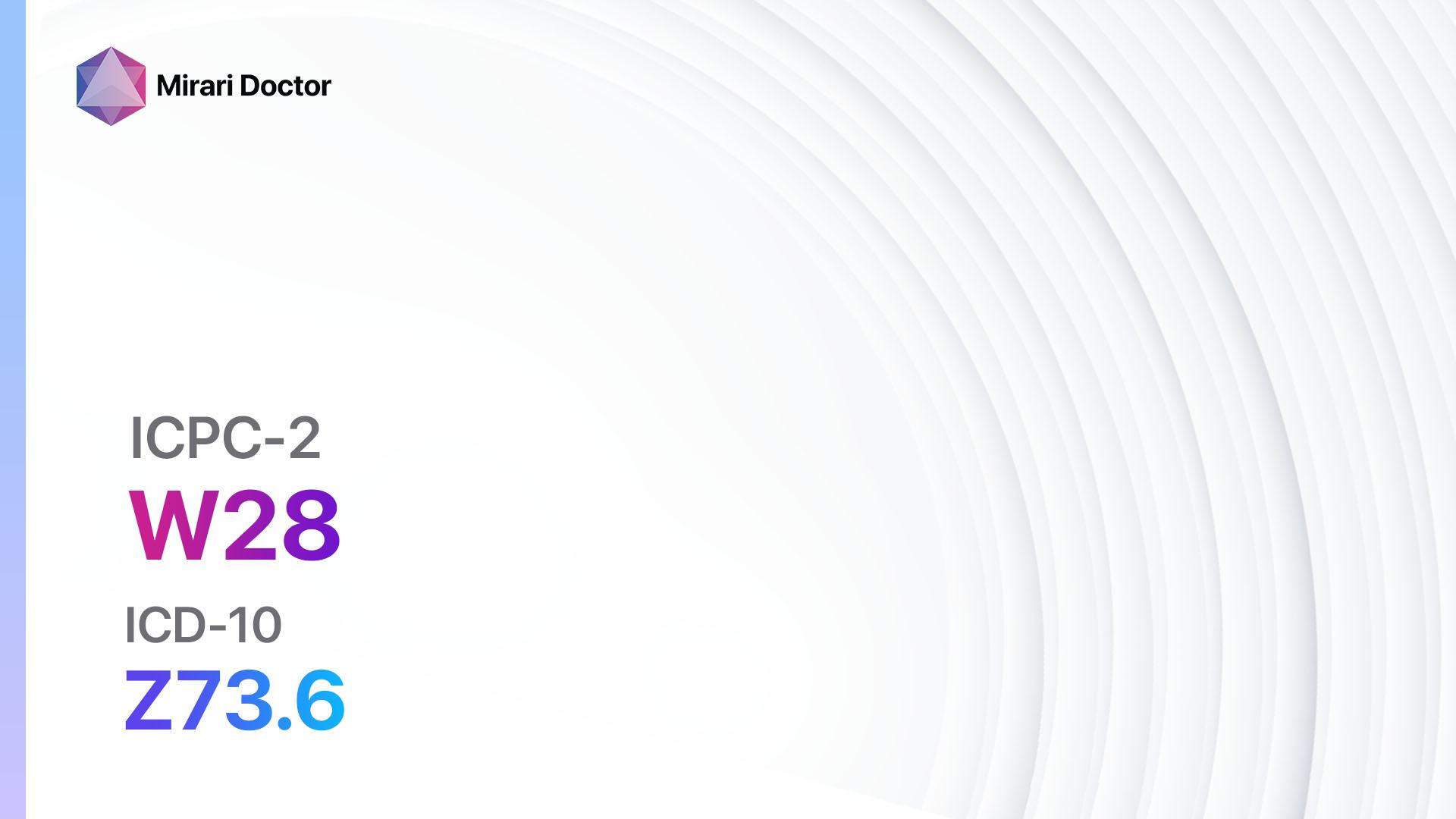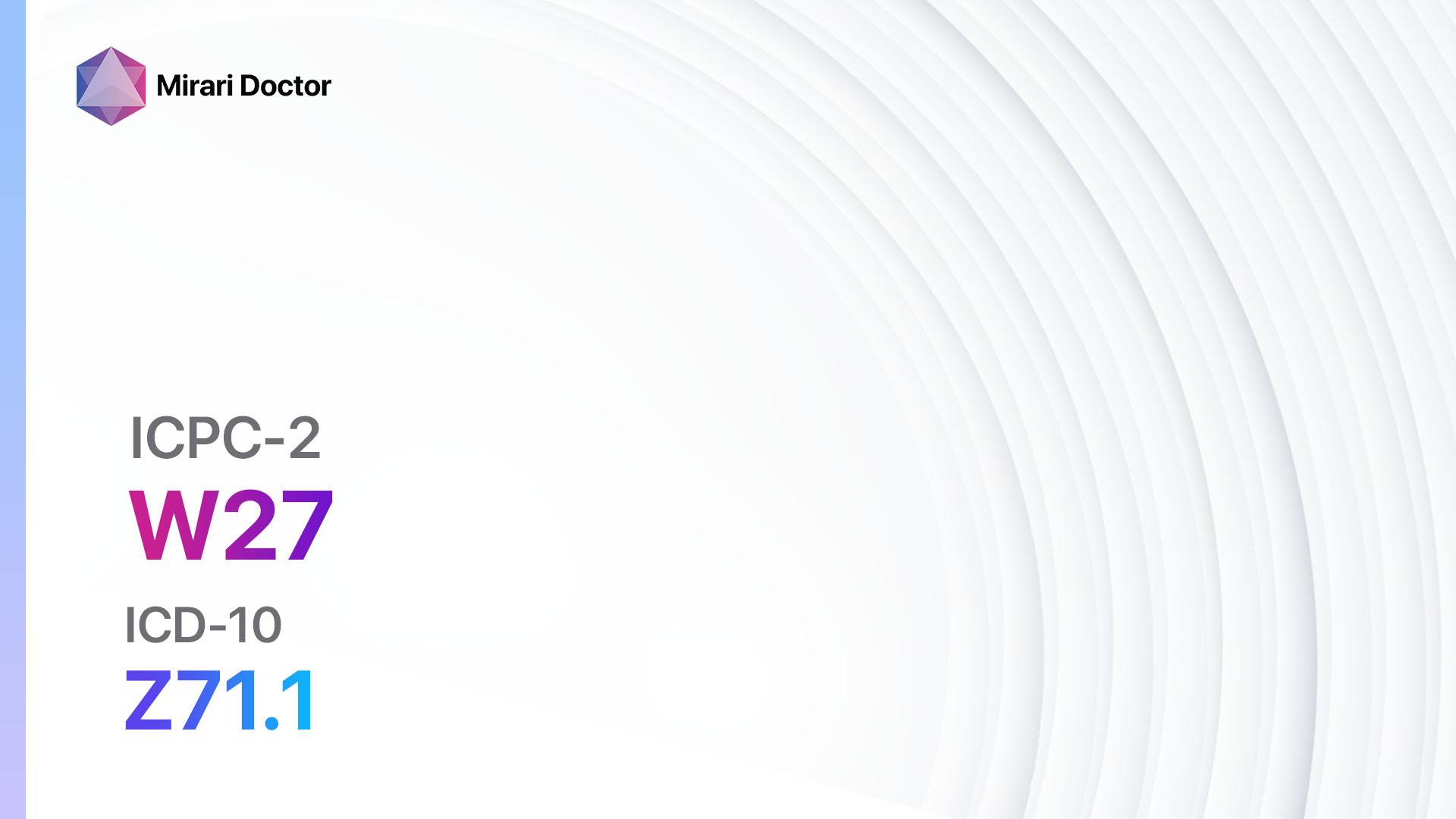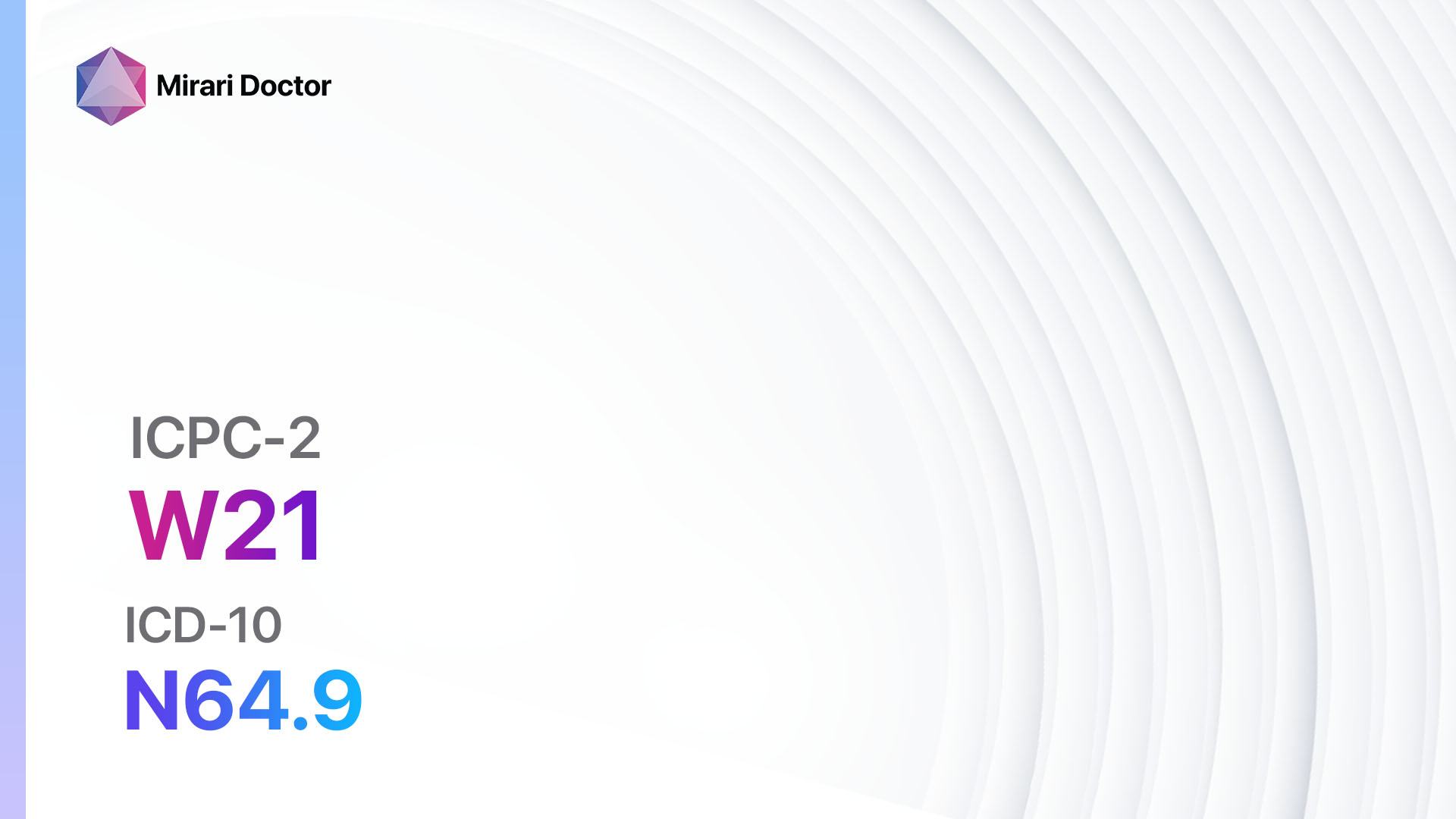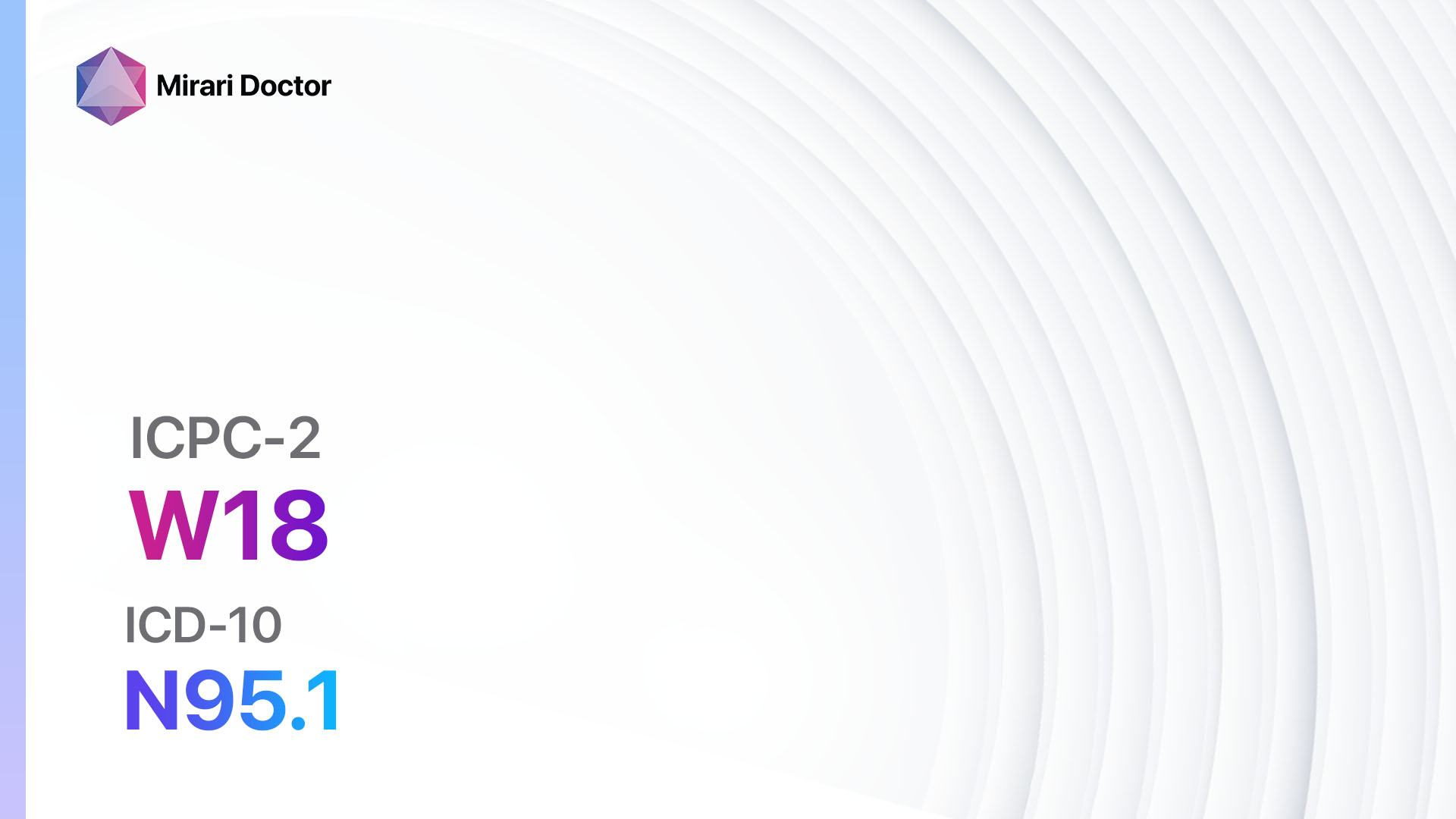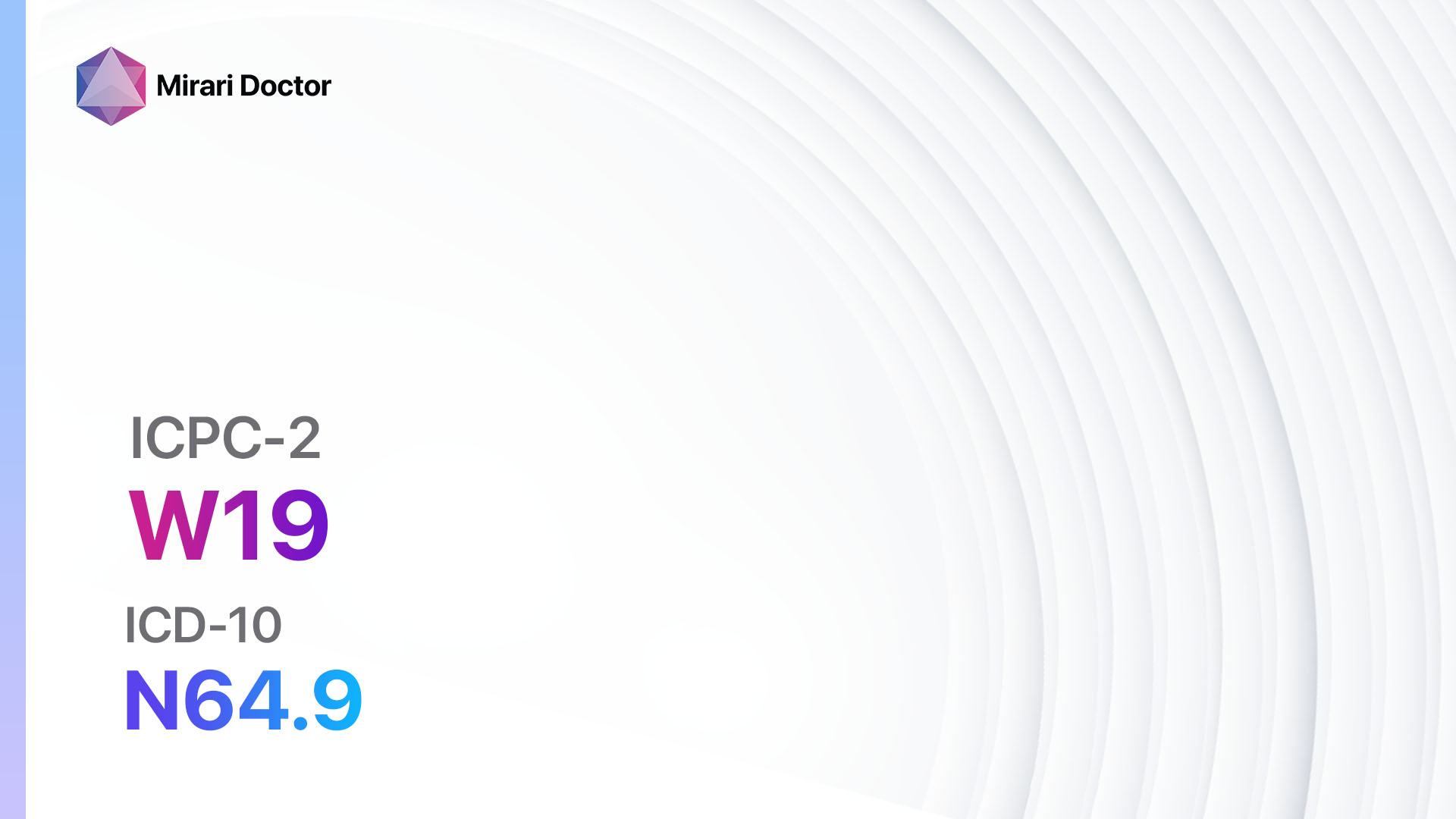
Introduction
Breast/lactation symptoms or complaints refer to any issues or abnormalities experienced by individuals related to their breasts or lactation. These symptoms can range from pain and tenderness to changes in breast size or shape[1]. It is important to address these symptoms promptly to ensure proper diagnosis and treatment. The aim of this guide is to provide a comprehensive overview of breast/lactation symptoms and complaints, including their causes, diagnostic steps, possible interventions, and patient education.
Codes
Symptoms
- Breast pain: This can range from mild discomfort to severe pain in one or both breasts[2].
- Breast swelling or tenderness: The breasts may feel swollen, tender, or lumpy.
- Nipple discharge: Discharge from the nipple, which may be clear, bloody, or milky[5].
- Changes in breast size or shape: The breasts may appear larger or smaller than usual, or there may be changes in their shape or contour.
- Skin changes: The skin of the breast may become red, dimpled, or puckered[7].
- Nipple changes: The nipple may become inverted or change in appearance[3].
Causes
- Hormonal changes: Fluctuations in hormone levels, such as those that occur during menstruation, pregnancy, or menopause, can cause breast pain or tenderness[4].
- Infection: Infections, such as mastitis or abscesses, can cause breast pain, swelling, and redness[9].
- Fibrocystic changes: Noncancerous changes in the breast tissue, such as cysts or fibroadenomas, can cause breast pain or lumps[1].
- Breastfeeding issues: Problems with breastfeeding, such as blocked milk ducts or mastitis, can cause breast pain, swelling, or nipple discharge.
- Breast cancer: While less common, breast cancer can cause various symptoms, including breast pain, nipple discharge, or changes in breast size or shape[3].
Diagnostic Steps
Medical History
- Gather information about the patient’s symptoms, including the duration, severity, and any associated factors.
- Ask about the patient’s medical history, including any previous breast conditions, surgeries, or family history of breast cancer.
- Inquire about the patient’s menstrual cycle, pregnancy, or breastfeeding history.
- Assess any risk factors for breast cancer, such as age, family history, or previous radiation therapy[6].
Physical Examination
- Perform a thorough breast examination, including inspection and palpation of both breasts and the surrounding lymph nodes.
- Look for any abnormalities, such as lumps, changes in breast size or shape, nipple discharge, or skin changes.
- Assess the patient’s overall breast health and any signs of infection or inflammation[1][8].
Laboratory Tests
- Blood tests: May be ordered to assess hormone levels, rule out infection, or evaluate overall health.
- Breast milk analysis: If the patient is breastfeeding, a sample of breast milk may be analyzed for infection or other abnormalities.
Diagnostic Imaging
- Mammogram: A mammogram is an X-ray of the breast that can detect abnormalities, such as tumors or cysts.
- Ultrasound: An ultrasound uses sound waves to create images of the breast tissue and can help identify cysts or solid masses.
- MRI: Magnetic resonance imaging (MRI) provides detailed images of the breast tissue and can be used to further evaluate abnormalities detected on mammogram or ultrasound[1][2].
Other Tests
- Biopsy: If a suspicious lump or abnormality is found, a biopsy may be performed to obtain a tissue sample for further analysis.
- Genetic testing: In cases where there is a strong family history of breast cancer, genetic testing may be recommended to assess the patient’s risk[6].
Follow-up and Patient Education
- Provide the patient with a clear explanation of the diagnosis and any necessary treatment or follow-up steps.
- Educate the patient about breast self-examination and the importance of regular mammograms or other screening tests.
- Discuss lifestyle factors that may contribute to breast health, such as maintaining a healthy weight, exercising regularly, and avoiding excessive alcohol consumption[10].
Possible Interventions
Traditional Interventions
Medications:
Top 5 drugs for Breast/lactation symptom/complaint:
- Acetaminophen (e.g., Tylenol):
- Cost: $5-$10 for a bottle of generic acetaminophen.
- Contraindications: Allergy to acetaminophen.
- Side effects: Rare, but can include liver damage with high doses.
- Severe side effects: Allergic reactions, liver failure.
- Drug interactions: Alcohol, other medications containing acetaminophen.
- Warning: Do not exceed the recommended dosage.
- Nonsteroidal anti-inflammatory drugs (NSAIDs) (e.g., Ibuprofen, Naproxen):
- Cost: $5-$15 for a bottle of generic NSAIDs.
- Contraindications: History of stomach ulcers, bleeding disorders.
- Side effects: Upset stomach, heartburn.
- Severe side effects: Stomach bleeding, kidney problems.
- Drug interactions: Blood thinners, certain antidepressants.
- Warning: Take with food to reduce the risk of stomach upset.
- Antibiotics (e.g., Amoxicillin, Cephalexin):
- Cost: $10-$30 for a course of generic antibiotics.
- Contraindications: Allergy to antibiotics.
- Side effects: Upset stomach, diarrhea.
- Severe side effects: Severe allergic reactions, antibiotic resistance.
- Drug interactions: Certain medications, such as oral contraceptives.
- Warning: Take the full course of antibiotics as prescribed.
- Antifungal medications (e.g., Clotrimazole, Miconazole):
- Cost: $5-$15 for a tube of generic antifungal cream.
- Contraindications: Allergy to antifungal medications.
- Side effects: Skin irritation, itching.
- Severe side effects: Rare, but can include severe allergic reactions.
- Drug interactions: None known.
- Warning: Apply the medication as directed and continue use for the recommended duration.
- Hormonal medications (e.g., Birth control pills, Hormone replacement therapy):
- Cost: Varies depending on the specific medication and insurance coverage.
- Contraindications: History of blood clots, certain types of cancer.
- Side effects: Nausea, breast tenderness.
- Severe side effects: Blood clots, increased risk of certain cancers.
- Drug interactions: Certain antibiotics, anticonvulsants.
- Warning: Discuss the risks and benefits with a healthcare provider.
Alternative Drugs:
- Herbal supplements: Some herbal supplements, such as evening primrose oil or red clover, may be used to alleviate breast pain or tenderness. Cost: Varies depending on the specific supplement.
- Topical creams: Over-the-counter creams containing ingredients like menthol or camphor may provide temporary relief for breast pain. Cost: $5-$15 per tube.
Surgical Procedures:
- Surgical drainage: In cases of breast abscesses or cysts, surgical drainage may be necessary to remove the fluid or infected material. Cost: $5,000-$10,000.
- Lumpectomy or mastectomy: In cases of breast cancer, surgical removal of the tumor (lumpectomy) or the entire breast (mastectomy) may be recommended. Cost: $10,000-$20,000 for lumpectomy, $20,000-$40,000 for mastectomy.
Alternative Interventions
- Cold compress: Applying a cold compress or ice pack to the breasts can help reduce pain and swelling. Cost: $5-$10 for an ice pack.
- Warm compress: Applying a warm compress or taking a warm shower can help relieve breast pain or discomfort. Cost: Free.
- Breast massage: Gentle massage of the breasts can help improve circulation and alleviate pain or tenderness. Cost: Free.
- Supportive bra: Wearing a well-fitting, supportive bra can help reduce breast pain or discomfort. Cost: $20-$50 for a good-quality bra.
- Breastfeeding techniques: Proper breastfeeding techniques, such as ensuring a good latch and frequent nursing, can help prevent or alleviate breastfeeding-related breast pain. Cost: Free.
Lifestyle Interventions
- Healthy diet: Eating a balanced diet rich in fruits, vegetables, and whole grains can promote overall breast health. Cost: Varies depending on food choices.
- Regular exercise: Engaging in regular physical activity, such as walking or swimming, can help improve circulation and reduce breast pain. Cost: Free or minimal cost for activities like walking.
- Stress management: Practicing stress-reducing techniques, such as meditation or yoga, can help alleviate breast pain or discomfort. Cost: Varies depending on the specific technique or class.
- Avoiding caffeine and alcohol: Limiting or avoiding caffeine and alcohol intake may help reduce breast pain or tenderness. Cost: Varies depending on individual habits.
- Breast self-examination: Regularly performing breast self-examinations can help detect any changes or abnormalities early. Cost: Free.
It is important to note that the cost ranges provided are approximate and may vary depending on the location and availability of the interventions.
Mirari Cold Plasma Alternative Intervention
Understanding Mirari Cold Plasma
- Safe and Non-Invasive Treatment: Mirari Cold Plasma is a safe and non-invasive treatment option for various skin conditions. It does not require incisions, minimizing the risk of scarring, bleeding, or tissue damage.
- Efficient Extraction of Foreign Bodies: Mirari Cold Plasma facilitates the removal of foreign bodies from the skin by degrading and dissociating organic matter, allowing easier access and extraction.
- Pain Reduction and Comfort: Mirari Cold Plasma has a local analgesic effect, providing pain relief during the treatment, making it more comfortable for the patient.
- Reduced Risk of Infection: Mirari Cold Plasma has antimicrobial properties, effectively killing bacteria and reducing the risk of infection.
- Accelerated Healing and Minimal Scarring: Mirari Cold Plasma stimulates wound healing and tissue regeneration, reducing healing time and minimizing the formation of scars.
Mirari Cold Plasma Prescription
Video instructions for using Mirari Cold Plasma Device – W19 Breast/nipple symptom/complaint (ICD-10:N64.9)
| Mild | Moderate | Severe |
| Mode setting: 2 (Wound Healing) Location: 5 (Lungs) Morning: 15 minutes, Evening: 15 minutes |
Mode setting: 2 (Wound Healing) Location: 5 (Lungs) Morning: 30 minutes, Lunch: 30 minutes, Evening: 30 minutes |
Mode setting: 2 (Wound Healing) Location: 5 (Lungs) Morning: 30 minutes, Lunch: 30 minutes, Evening: 30 minutes |
| Mode setting: 7 (Immunotherapy) Location: 1 (Sacrum) Morning: 15 minutes, Evening: 15 minutes |
Mode setting: 7 (Immunotherapy) Location: 1 (Sacrum) Morning: 30 minutes, Lunch: 30 minutes, Evening: 30 minutes |
Mode setting: 7 (Immunotherapy) Location: 1 (Sacrum) Morning: 30 minutes, Lunch: 30 minutes, Evening: 30 minutes |
| Total Morning: 30 minutes approx. $5 USD, Evening: 30 minutes approx. $5 USD |
Total Morning: 60 minutes approx. $10 USD, Lunch: 60 minutes approx. $10 USD, Evening: 60 minutes approx. $10 USD, |
Total Morning: 60 minutes approx. $10 USD, Lunch: 60 minutes approx. $10 USD, Evening: 60 minutes approx. $10 USD, |
| Usual treatment for 7-60 days approx. $70 USD – $600 USD | Usual treatment for 6-8 weeks approx. $1,260 USD – $1,680 USD |
Usual treatment for 3-6 months approx. $2,700 USD – $5,400 USD
|
 |
|
Use the Mirari Cold Plasma device to treat Breast/lactation symptom/complaint effectively.
WARNING: MIRARI COLD PLASMA IS DESIGNED FOR THE HUMAN BODY WITHOUT ANY ARTIFICIAL OR THIRD PARTY PRODUCTS. USE OF OTHER PRODUCTS IN COMBINATION WITH MIRARI COLD PLASMA MAY CAUSE UNPREDICTABLE EFFECTS, HARM OR INJURY. PLEASE CONSULT A MEDICAL PROFESSIONAL BEFORE COMBINING ANY OTHER PRODUCTS WITH USE OF MIRARI.
Step 1: Cleanse the Skin
- Start by cleaning the affected area of the skin with a gentle cleanser or mild soap and water. Gently pat the area dry with a clean towel.
Step 2: Prepare the Mirari Cold Plasma device
- Ensure that the Mirari Cold Plasma device is fully charged or has fresh batteries as per the manufacturer’s instructions. Make sure the device is clean and in good working condition.
- Switch on the Mirari device using the power button or by following the specific instructions provided with the device.
- Some Mirari devices may have adjustable settings for intensity or treatment duration. Follow the manufacturer’s instructions to select the appropriate settings based on your needs and the recommended guidelines.
Step 3: Apply the Device
- Place the Mirari device in direct contact with the affected area of the skin. Gently glide or hold the device over the skin surface, ensuring even coverage of the area experiencing.
- Slowly move the Mirari device in a circular motion or follow a specific pattern as indicated in the user manual. This helps ensure thorough treatment coverage.
Step 4: Monitor and Assess:
- Keep track of your progress and evaluate the effectiveness of the Mirari device in managing your Breast/lactation symptom/complaint. If you have any concerns or notice any adverse reactions, consult with your health care professional.
Note
This guide is for informational purposes only and should not replace the advice of a medical professional. Always consult with your healthcare provider or a qualified medical professional for personal advice, diagnosis, or treatment. Do not solely rely on the information presented here for decisions about your health. Use of this information is at your own risk. The authors of this guide, nor any associated entities or platforms, are not responsible for any potential adverse effects or outcomes based on the content.
Mirari Cold Plasma System Disclaimer
- Purpose: The Mirari Cold Plasma System is a Class 2 medical device designed for use by trained healthcare professionals. It is registered for use in Thailand and Vietnam. It is not intended for use outside of these locations.
- Informational Use: The content and information provided with the device are for educational and informational purposes only. They are not a substitute for professional medical advice or care.
- Variable Outcomes: While the device is approved for specific uses, individual outcomes can differ. We do not assert or guarantee specific medical outcomes.
- Consultation: Prior to utilizing the device or making decisions based on its content, it is essential to consult with a Certified Mirari Tele-Therapist and your medical healthcare provider regarding specific protocols.
- Liability: By using this device, users are acknowledging and accepting all potential risks. Neither the manufacturer nor the distributor will be held accountable for any adverse reactions, injuries, or damages stemming from its use.
- Geographical Availability: This device has received approval for designated purposes by the Thai and Vietnam FDA. As of now, outside of Thailand and Vietnam, the Mirari Cold Plasma System is not available for purchase or use.
References
- Mayo Clinic. (2023). Fibrocystic breasts. Retrieved from https://www.mayoclinic.org/diseases-conditions/fibrocystic-breasts/diagnosis-treatment/drc-20350442
- Mayo Clinic. (2023). Breast pain. Retrieved from https://www.mayoclinic.org/diseases-conditions/breast-pain/diagnosis-treatment/drc-20350426
- Mayo Clinic. (2023). Breast cancer – Symptoms and causes. Retrieved from https://www.mayoclinic.org/diseases-conditions/breast-cancer/symptoms-causes/syc-20352470
- Mayo Clinic. (2023). Breast pain – Symptoms and causes. Retrieved from https://www.mayoclinic.org/diseases-conditions/breast-pain/symptoms-causes/syc-20350423
- Medical News Today. (2023). Nipple discharge: Causes and treatments. Retrieved from https://www.medicalnewstoday.com/articles/319539
- National Cancer Institute. (2023). Understanding Breast Changes. Retrieved from https://www.cancer.gov/types/breast/breast-changes/understanding-breast-changes.pdf
- Breast Cancer Specialist. (2023). Skin Changes. Retrieved from https://www.breastcancerspecialist.com.au/symptoms-conditions/skin-changes
- Healthline. (2023). Nipple Discharge. Retrieved from https://www.healthline.com/health/womens-health/nipple-discharge
- WebMD. (2023). Breast Infection Basics. Retrieved from https://www.webmd.com/women/breast-infection
- Medical News Today. (2023). Breast pain: Causes, symptoms, and treatments. Retrieved from https://www.medicalnewstoday.com/articles/263566
Related articles
Made in USA


